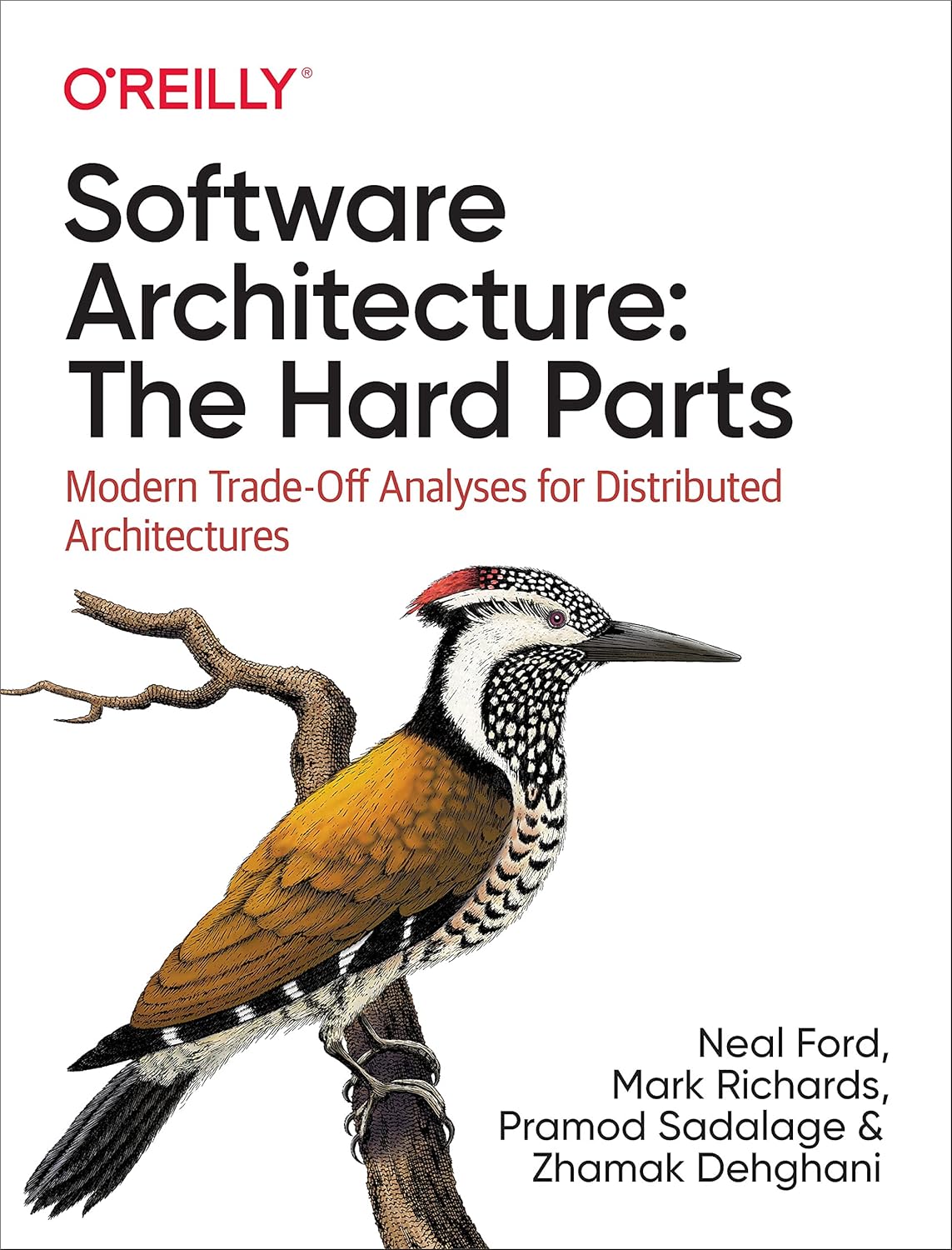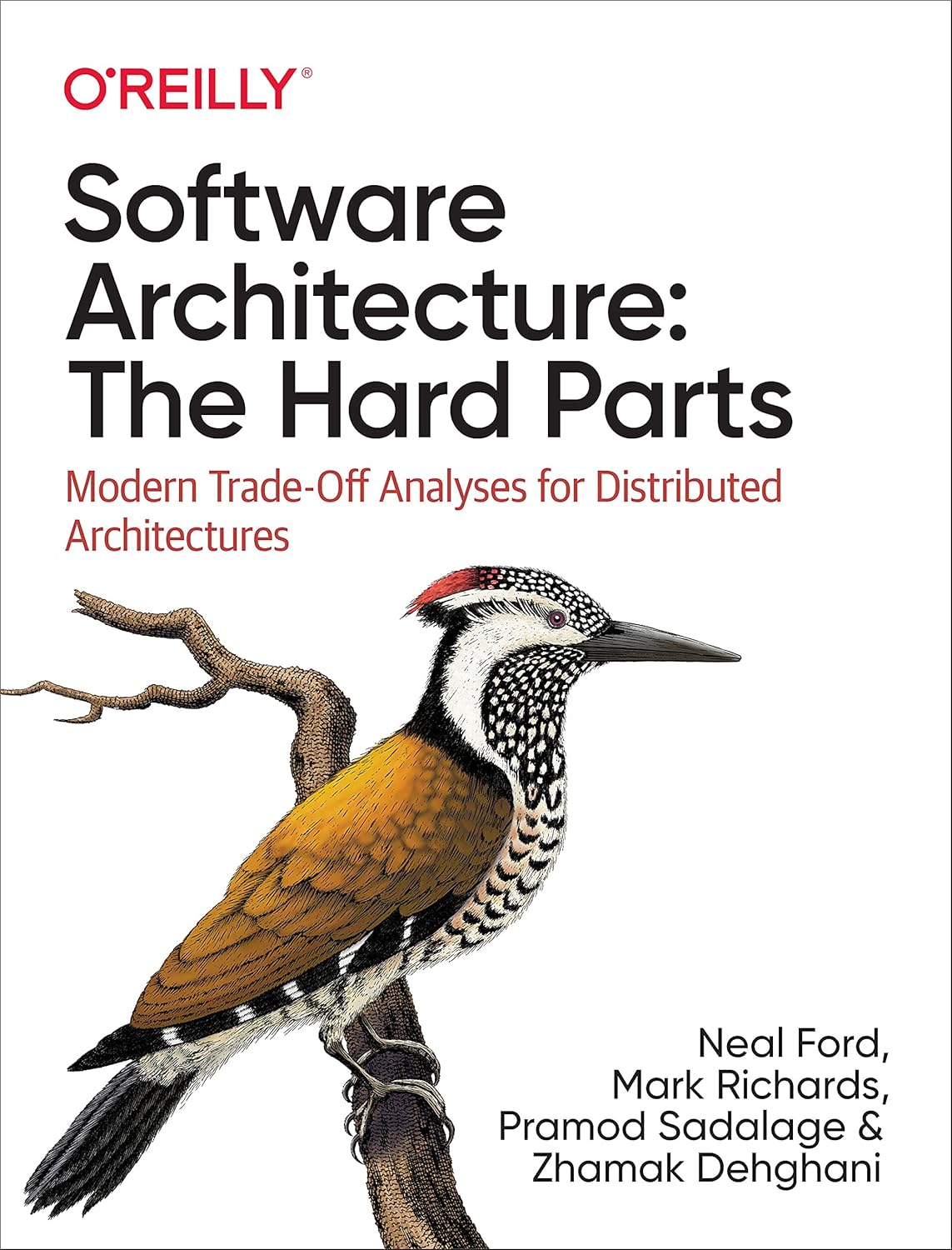
What does it take to understand software architecture deeply? I often find myself contemplating this as I wade through various resources on the topic. Recently, I picked up “Software Architecture: The Hard Parts: Modern Trade-Off Analyses for Distributed Architectures, 1st Edition” and have some thoughts I’d love to share.
Overview of the Book
The first thing that struck me about this book is its directness. The authors don’t sugarcoat the challenges embedded in software architecture. They really hit the nail on the head, focusing mostly on the decision-making processes necessary for crafting distributed architectures. Over the years, I’ve often found myself in situations where I needed a dependable guide to navigate these convoluted waters.
Content Structure
The book is divided into several sections, each tackling significant trade-offs and challenges. The authors provide a structured approach to discussing complex topics. Here’s a snapshot of the structure:
| Section | Content Focus |
|---|---|
| Foundations | Basic principles of software architecture |
| Trade-Offs | Common dilemmas architects face |
| Patterns | Established patterns and their applications |
| Practical Scenarios | Real-world examples of architectural decisions |
| Future Outlook | Emerging trends and their implications |
As I moved through the chapters, I appreciated how each part contributed to building a robust understanding of distributed systems.
Foundations of Software Architecture
Key Principles
Right off the bat, the book dives into foundational principles. I found this section essential, as it lays the groundwork necessary for understanding all future concepts. The authors emphasize that grasping these principles is crucial for a successful architectural design.
Decoupling and Cohesion
The discussions around decoupling and cohesion resonated with me. The authors make a compelling argument about designing systems that are not tightly coupled. I learned how this flexibility in architecture can greatly impact system maintenance over time.
Understanding Trade-Offs
The Nature of Trade-Offs
One crucial aspect covered is the complexity of trade-offs. Every decision has an impact, and this book illustrates that beautifully. I recall significant moments in my career when I had to balance scalability against performance; the insights provided here helped me articulate my dilemmas better.
Real-World Examples
The authors don’t just hand out theory. They share real-world examples that I found particularly helpful. Each case provides context, which allowed me to relate to my experiences. This practical approach kept me engaged throughout the section.
Architectural Patterns
When to Use Patterns
Moving on to architectural patterns, I found the delineation of various patterns very informative. The explanations helped clarify when to employ each pattern. For instance, the book addresses how the microservices architecture is optimal for specific scenarios but might not be ideal in others.
Comparison of Patterns
To better illustrate this, here’s a quick comparison of architectural patterns mentioned in the book:
| Pattern | When to Use | Pros | Cons |
|---|---|---|---|
| Microservices | Large applications needing scalability | Independent deployments, language agnostic | Increased complexity |
| Monolithic | Small applications with limited scope | Simplicity in deployment and management | Difficulty scaling and maintaining |
| Serverless | Event-driven applications with variable load | No server management, cost efficiency | Cold start issues |
I appreciated how the authors fleshed out these patterns with pros and cons, allowing me to better judge when to apply them in my projects.
Practical Scenarios
Case Studies
One of my favorite sections was the case studies. Here, real-world scenarios come to life. The authors dissect various architectural decisions made by companies, offering explanations on what worked and what didn’t. I found myself nodding along, often recalling similar situations where I wished I had the knowledge laid out in these case studies.
Lessons Learned
In each case study, there are valuable lessons about not just technical decisions but also managerial and strategic implications. This holistic view is something I specifically took away, highlighting that architecture is an interwoven aspect of all facets of a tech organization.
Future Outlook
Emerging Technologies
As technology evolves, so does software architecture. The final sections of the book tackle what the future holds. I found the discussion on emerging technologies—like serverless architecture and AI-driven design principles—both eye-opening and slightly intimidating, as I consider how to keep up with these trends.
Preparing for Change
What really struck me is the idea that change is inevitable. The authors emphasize the importance of adaptability, and I couldn’t agree more. They suggest that architects should remain flexible and continually assess new tools and methodologies, and that’s advice I intend to take to heart.
Strengths of the Book
Clarity and Depth
One of the most significant strengths of “Software Architecture: The Hard Parts” is its clear and deep exploration of complex topics. The way the authors explain intricate trade-offs is commendable. I never felt overwhelmed; instead, I found their straightforward approach refreshing.
Real-World Connectivity
The connection between theory and practical application really stands out. I can’t stress enough how important it is for any book in this genre to tie concepts back to real-world scenarios. The case studies truly breathe life into the ideas discussed.
Areas for Improvement
More Interactive Elements
If I were to suggest improvements, I think incorporating more interactive elements could enhance the learning experience. Maybe quizzes or thought-provoking questions at the end of each chapter could provide readers with a way to engage further with the material.
Expanded Coverage on Emerging Trends
While the book touches on future trends, I would love to see a more in-depth analysis. Given how rapidly technology changes, a section dedicated to the implications of emerging tools might resonate with many readers like me who need to stay ahead in the tech world.
Conclusion
All in all, “Software Architecture: The Hard Parts” is a treasure trove of insights for anyone interested in the architectural side of software. I feel equipped with new perspectives and strategies that have opened up my thinking about design choices. For someone like me, who is striving to become better in this field, I found this book incredibly rewarding. If you’re looking to deepen your understanding and navigate the complexities of software architecture, this is definitely worth your time.
Disclosure: As an Amazon Associate, I earn from qualifying purchases.

